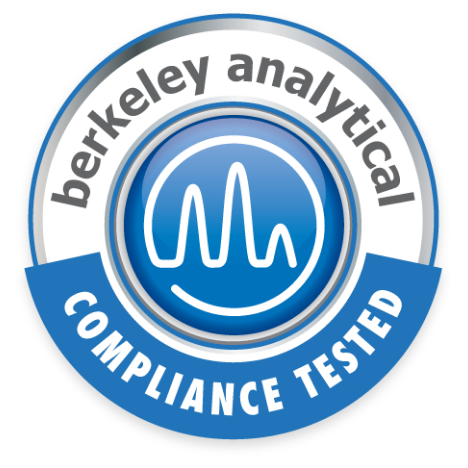Berkeley Analytical Tests VOC Content of Water-Based Paints by ASTM D6886
Berkeley Analytical tests water-based paints for VOC content by ASTM D6886 using the SCAQMD Method 313 definition of VOC. In order to sell paints and coatings in California, manufacturers must meet strict CARB SCM 2007 and SCAQMD Rule 1113 regulations on VOC content. These regulations soon may become more stringent. The SCAQMD, with jurisdiction over air quality in the Los Angeles basin has proposed either reducing the current regulatory VOC content of flat and non-flat paints from 50 g/L to 25 g/L or imposing a fee structure that encourages the new limit. Additionally, the SCAQMD is leading the industry to lower limits by publishing a registry of “Super Compliant” paints that are less than 10 g/L.
The traditional regulatory VOC content method for water-based paints is U.S. EPA Method 24. This method, which requires the direct measurement of water content, typically by Karl Fischer titration, lacks sufficient sensitivity to measure VOC content at the low levels of concern to the SCAQMD.
Berkeley Analytical’s paint analysis employs ASTM Standard Method D6886 along with companion ASTM methods D1475 for product density and D2369 for total volatile content. ASTM D6886 uses gas chromatography with FID to measure the speciated composition of individual VOCs and exempt organic compounds. Importantly, the water content needed for the calculation of regulatory VOC, i.e., coating VOC, content is determined indirectly avoiding the large uncertainties associated with the direct measurement of water. ASTM D6886 has an estimated sensitivity level for regulatory Total VOC of less than 2 g/L making it well suited for establishing product claims at or below regulatory limits.
A noted deficiency in ASTM D6886 is the lack of a clear definition of VOC. SCAQMD Method 313 has provided guidance on this question by establishing the upper VOC range as compounds that elute at or before the retention time of methyl palmitate (MP) at the conditions of the method. Berkeley Analytical employs the same MP retention time marker to define the VOC cutoff. The laboratory maintains an extensive list of target compounds with individual calibrations that was developed from a study of VOC content and VOC emissions of a cross-section of representative paints sold in the California market. Contact Berkeley Analytical at info@berkeleyanalytical.com or call us at 510-2236-2325 (toll free 888-455-0999) to arrange for testing of paints for VOC content by ASTM D6886.


